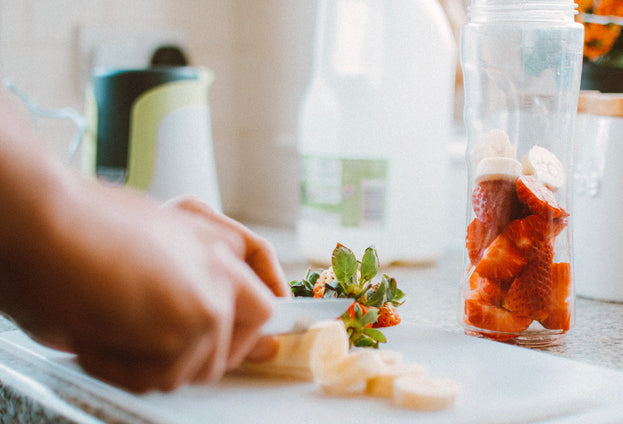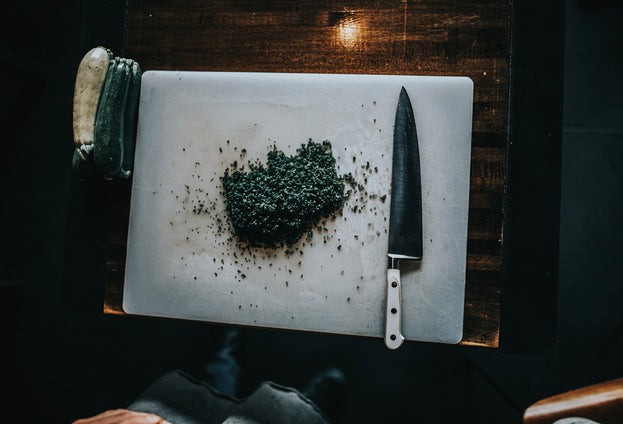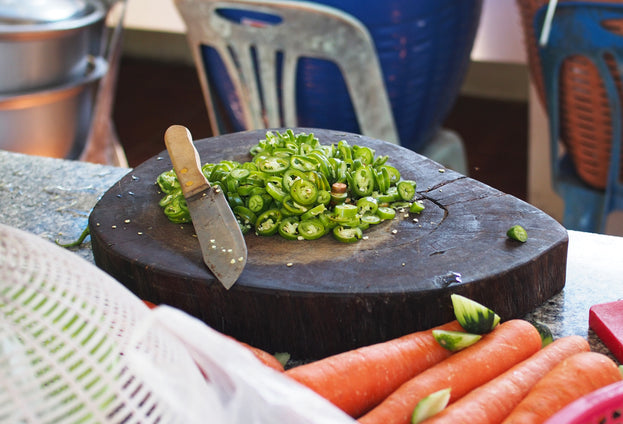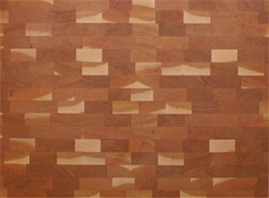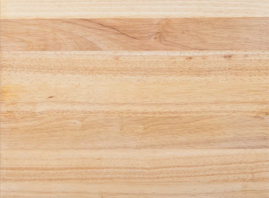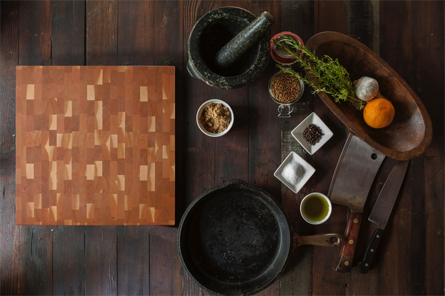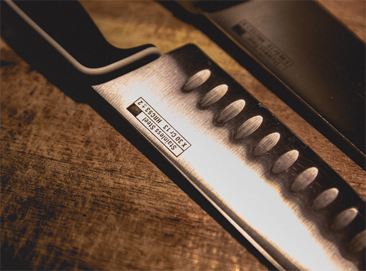Plastic is a very common alternative material for cutting boards, largely because of its low production cost.
Besides being harmful to the environment, one of the main problems with plastic is that it is unsanitary. This surprises many people, as they assume that bacteria would have an easier time surviving on a natural surface like wood than on plastic.
Yet it has been scientifically proven (and verified by more than one study) that bacteria actually thrive much better on plastic cutting boards than on natural wood cutting boards.




